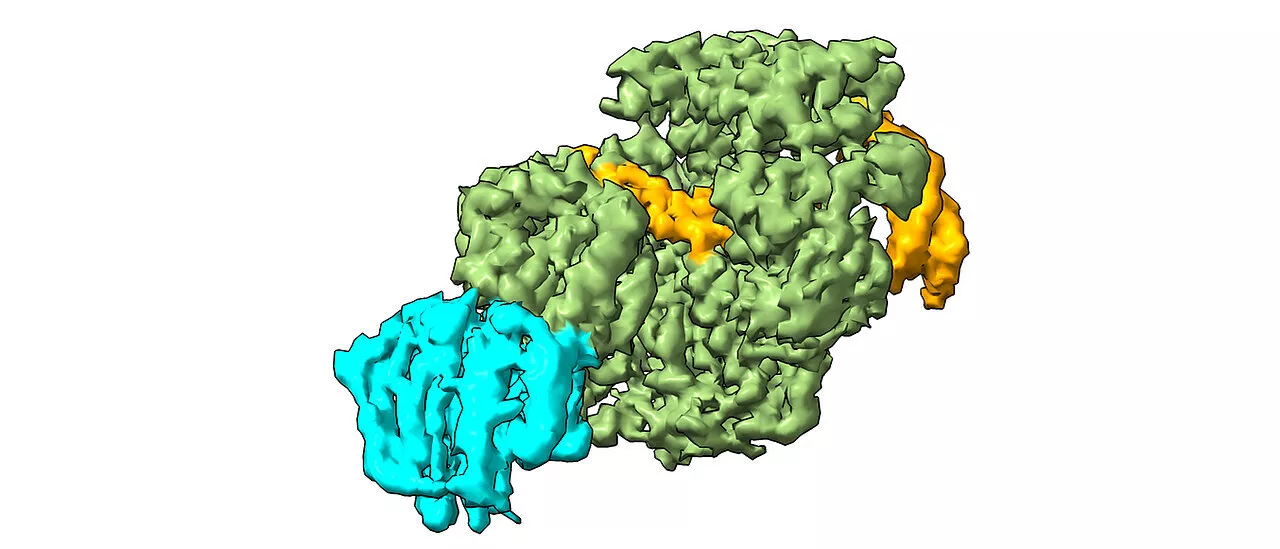Researchers use epigenetic clock, DNA methylation and mouse model to demonstrate that T cell proliferation can stretch past organism lifespan and acuta lymphoblastic leukemia T cells appear hundreds of years old.
Age is just a number: Immune cell 'epigenetic clock' ticks independently of organism lifespan." ScienceDaily. ScienceDaily, 12 June 2024. <www.sciencedaily.comSt. Jude Children's Research Hospital. . Age is just a number: Immune cell 'epigenetic clock' ticks independently of organism lifespan.St. Jude Children's Research Hospital."Age is just a number: Immune cell 'epigenetic clock' ticks independently of organism lifespan." ScienceDaily. www.
Scientists in recent years have developed ways to measure biological age by tracking chemical changes in DNA that occur naturally as people age but occur at different times in different people. These ... A pharmaceutical product called TT-10, which spurs proliferation of heart muscle cells, was thought to offer promise to treat heart attacks. In a mouse heart-attack model several years ago, ...
Methylation and the circadian clock are both conserved mechanisms found in all organisms. Researchers found that inhibiting methylation with a specific compound disrupts the circadian clock in most ... More than half of our genome consists of transposons, DNA sequences that are reminiscent of ancient, extinct viruses. Transposons are normally silenced by a process known as DNA methylation, but ...People Feel More Connected to 'Tweezer-Like' Bionic Tools That Don't Resemble Human Hands
Leukemia Lymphoma Healthy Aging Immune System Epigenetics Brain Tumor Cancer
United States Latest News, United States Headlines
Similar News:You can also read news stories similar to this one that we have collected from other news sources.
 Testing immune cells in the placenta may indicate the health of fetal brain immune cellsImmune activation in a pregnant woman can occur in response to metabolic diseases like obesity, infections in pregnancy, exposure to pollution and environmental toxins, or even stress and can have negative effects on fetal brain immune cells (microglia).
Testing immune cells in the placenta may indicate the health of fetal brain immune cellsImmune activation in a pregnant woman can occur in response to metabolic diseases like obesity, infections in pregnancy, exposure to pollution and environmental toxins, or even stress and can have negative effects on fetal brain immune cells (microglia).
Read more »
 Common heartburn medications may help fight cancer and other immune disorders in dogs, researchers findResearchers at the Texas A&M School of Veterinary Medicine and Biomedical Sciences (VMBS) have discovered that proton pump inhibitors (PPIs)—medications commonly used to treat heartburn and acid reflux in people and animals—may be effective at fighting cancer and other immune disorders in dogs, building on similar ongoing research in human...
Common heartburn medications may help fight cancer and other immune disorders in dogs, researchers findResearchers at the Texas A&M School of Veterinary Medicine and Biomedical Sciences (VMBS) have discovered that proton pump inhibitors (PPIs)—medications commonly used to treat heartburn and acid reflux in people and animals—may be effective at fighting cancer and other immune disorders in dogs, building on similar ongoing research in human...
Read more »
 Researchers identify the 18 World War II executed civilians of Adele, Rethymnon, using ancient DNA analysisA pioneering, national-level study has been conducted by the research group of Paleogenomics and Evolutionary Genetics of the Institute of Molecular Biology and Biotechnology (IMBB) of the Foundation for Research and Technology–Hellas (FORTH).
Researchers identify the 18 World War II executed civilians of Adele, Rethymnon, using ancient DNA analysisA pioneering, national-level study has been conducted by the research group of Paleogenomics and Evolutionary Genetics of the Institute of Molecular Biology and Biotechnology (IMBB) of the Foundation for Research and Technology–Hellas (FORTH).
Read more »
 Using DNA origami, researchers create diamond lattice for future semiconductors of visible lightThe shimmering of butterfly wings in bright colors does not emerge from pigments. Rather, photonic crystals are responsible for the play of colors. Their periodic nanostructure allows light at certain wavelengths to pass through while reflecting other wavelengths.
Using DNA origami, researchers create diamond lattice for future semiconductors of visible lightThe shimmering of butterfly wings in bright colors does not emerge from pigments. Rather, photonic crystals are responsible for the play of colors. Their periodic nanostructure allows light at certain wavelengths to pass through while reflecting other wavelengths.
Read more »
 DNA repair mechanism further elucidated in cryo-electron microscopy experimentResearchers have discovered how the protein XPD detects severe DNA damage and controls its repair.
DNA repair mechanism further elucidated in cryo-electron microscopy experimentResearchers have discovered how the protein XPD detects severe DNA damage and controls its repair.
Read more »
 Leopard DNA study in South Africa traces ancestry to ice age—and will guide conservationAn ice age almost one million years ago led to a meeting between leopards from central and southern Africa that were searching for grassland. New research into the leopards' genetics—their mitogenome—has revealed that the descendants of these two groups are the leopards found today in South Africa's Mpumalanga province.
Leopard DNA study in South Africa traces ancestry to ice age—and will guide conservationAn ice age almost one million years ago led to a meeting between leopards from central and southern Africa that were searching for grassland. New research into the leopards' genetics—their mitogenome—has revealed that the descendants of these two groups are the leopards found today in South Africa's Mpumalanga province.
Read more »
